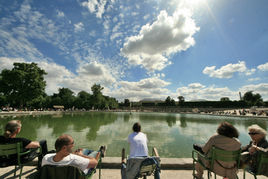
Tuileries garden
The Jardin des Tuileries, located in the 1st arrondissement of Paris, is a jewel of the city's landscape architecture.
Its tree-lined paths, manicured lawns and ponds adorned with sculptures offer an enchanting setting for strolling and relaxing in the heart of the city.
His history...
The garden owes its name to the tuileries that once stood there, making tiles for the roofs of Paris. The history of this garden dates back to the 16th century, when Catherine de Medici built a palace called the Palais des Tuileries, which was destroyed by fire in 1871 and of which only the ruins remain today. The garden was created during the reign of Louis XIV, who commissioned landscaper André Le Nôtre to design it in the French style, with linear perspectives and perfect symmetries.
The Jardin des Tuileries is therefore a remarkable example of a French garden, with rectilinear paths lined with lime trees, flower beds and groves of trimmed hedges. It is also adorned with numerous sculptures, some of which are famous throughout the world. Among the most remarkable, we find the Fontaine des Mers, the Equestrian Statue of Louis XIV, the Diana the Huntress and the Young Girl with the Shell.
The garden is also known for having been the location of many historical events, such as the Universal Exhibition of 1867 and the Fête de la Concorde in 1792. It has also been the scene of various activities, such as fashion shows, concerts outdoors and games for children.
The tileries, a witness to history:
In 1793, during the French Revolution, Queen Marie-Antoinette was taken from the Temple Prison to the Tuileries Palace, where she was incarcerated for several months. She was then taken to the Conciergerie, before being guillotined a few days later.
In 1867, the Tuileries Gardens hosted the Paris Universal Exhibition, which attracted millions of visitors from around the world. Many temporary buildings were constructed in the garden for the occasion, some of which were spectacular, such as the Alma Palace, which housed an artificial waterfall.
During the Paris Commune in 1871, the Palais des Tuileries was burned by insurgents, destroying a historic monument in the city. The ruins of the palace were razed a few years later to make way for the Place de la Concorde.
In the 19th century, the Jardin des Tuileries was a meeting place for Parisian duelists, who came to settle their differences there. It was also frequented by prostitutes, who found a wealthy clientele there.
In 1968, during the events of May 68, students took over the garden to make it a place for meeting and debate. They organized general assemblies, concerts and outdoor film screenings, transforming the garden into a zone of protest and freedom
A mystery never solved...
In 1795, during the French Revolution, the revolutionary government established its quarters in the Palais des Tuileries. One day, workers working in the attic of the building discovered a small secret room, hidden behind a door hidden in a wall.
Inside the room, they found a strange machine, made up of an intricately arranged set of mirrors and lenses. No one ever knew what exactly this machine was used for, or who built it and hid it in this secret room.
Some have speculated that it was a device for encrypting or deciphering secret messages, used by spies of the time. Others spoke of a calculating machine, a sort of ancestor of modern computers. But none of these hypotheses have ever been confirmed.
This story of the mysterious machine of the Tuileries has fueled rumors and speculation for years, and it continues today to arouse the interest of fans of enigmas and historical mysteries.
Our favorites throughout our wanderings
We particularly love strolling among the statues of Rodin…
We can admire "The Kiss", a bronze sculpture depicting a couple passionately hugging. This work, which was first exhibited in 1887, has become one of the symbols of romantic love in Western art.
We also like to contemplate "The Three Shadows", a marble statue which represents the three stages of human life: youth, middle age and old age. This work, created in 1886, testifies to Rodin's fascination with the human body and its ability to express the most complex emotions.
Finally, we discover with emotion "The Walking Man", a bronze sculpture which represents a man in movement, whose body almost seems to be melting into the surrounding space. This work, created in 1907, is considered one of the most innovative in modern art, because it breaks with the traditional representation of static sculpture.
Another favorite well hidden in the garden…
A separate work: the Vowel Tree
L'Arbre à Voyelles is an artistic installation located in the Jardin des Tuileries, created in 1991 by contemporary French artist Giuseppe Penone.
It is a large bronze tree, more than ten meters high, which is covered with letters cut into the metal. These letters are all vowels, which were chosen by the artist for their sound and expressive force.
The Vowel Tree is a complex work, which invites the visitor to reflect on the relationships between man and nature, on the meaning of words and sounds, and on the power of writing as a means of communication.
Indeed, the bronze tree presents itself as a synthesis of organic forms and geometric shapes, and offers a vision that is both poetic and symbolic of the harmony between man and nature.
The installation has become a popular attraction in the Jardin des Tuileries, and attracts many visitors each year, who come to admire this unique and original work of art.
Imagine... a troubled time when the Revolution was brewing and social inequalities were raging. It is in this context that the story of “Tuileries Day” took place, forever changing the destiny of the French monarchy.
On August 10, 1792, a crowd of hungry, furious and determined revolutionaries gathered in front of the Tuileries Palace, a royal residence located right next to the Tuileries Gardens. The Swiss guards, responsible for palace security, were on guard, aware of the imminent attack. And they had an attack.
The insurgents threw themselves on the palace, braving the cannons that fired at them from the windows. The Jardin des Tuileries was the scene of this violent battle, with the insurgents using trees and benches to protect themselves from Swiss Guard fire. Losses were heavy on both sides, but the insurgents had numbers on their side.
Eventually, the palace was invaded, the Swiss guards massacred, and the royal family forced to take refuge in the National Assembly. The French monarchy had ended, giving way to the Republic.
The Tuileries Gardens witnessed this day which marked a major turning point in the history of France.
A walking route in the Tuileries Gardens
-
Start your walk at the main entrance to the Jardin des Tuileries, located on Place de la Concorde. Take the time to admire the view of the Arc de Triomphe, which stands majestically on the horizon.
-
Head west along the Central Alley, which will take you to the immense octagonal pool, where the sun is reflected in summer. Take time to admire the marble statues lining the walkway, representing Roman emperors and mythological figures.
-
Continue your walk north, passing the Musée de l'Orangerie, which houses Monet's famous Water Lilies. Admire the fountains and sculptures that line your path, such as the Fountain of Diana or the Statue of Mars.
-
Arriving at the north of the garden, turn right to reach Avenue des Champs-Élysées, where you can enjoy the many renowned boutiques and restaurants.
-
For your return, take Allée de Castiglione, which runs along the garden to the east. You will pass the Louvre Pyramid and the Pavillon de Flore, two of the most emblematic buildings in Paris.
-
Finally, end your walk by returning to the main entrance to the Jardin des Tuileries, where you can rest and contemplate the beauty of the garden while enjoying the many cafes and terraces that line it.
This tour will allow you to discover the most beautiful places in the Jardin des Tuileries, while enjoying panoramic views of the star monuments of Paris. Good walk !


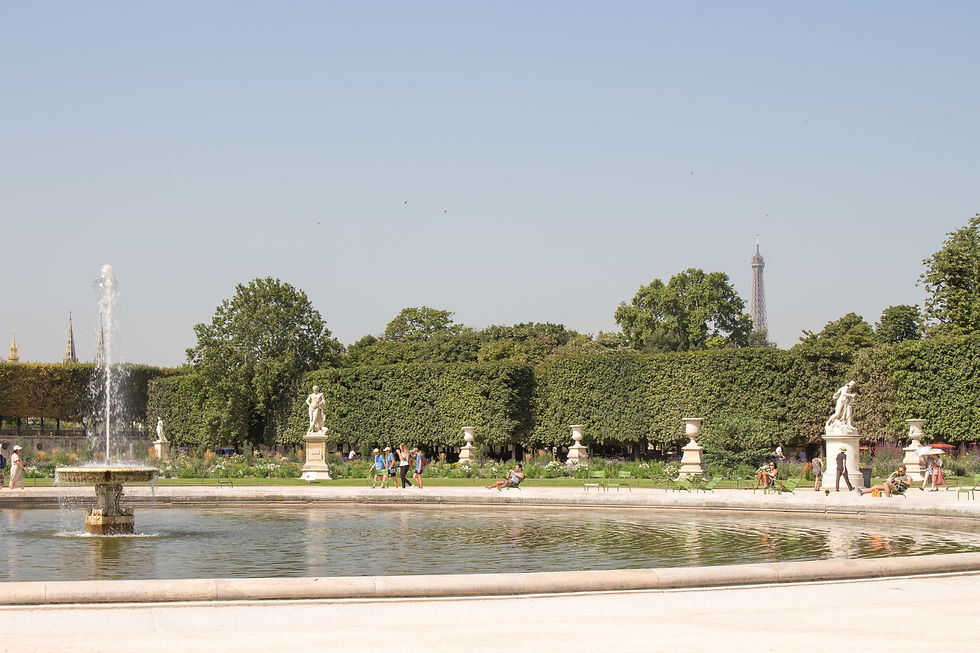

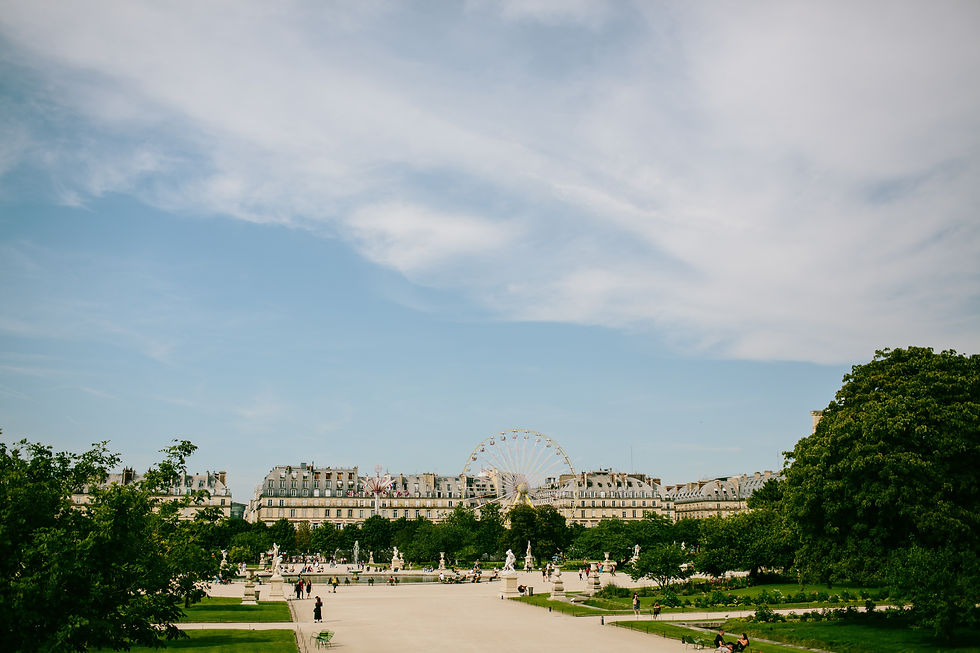

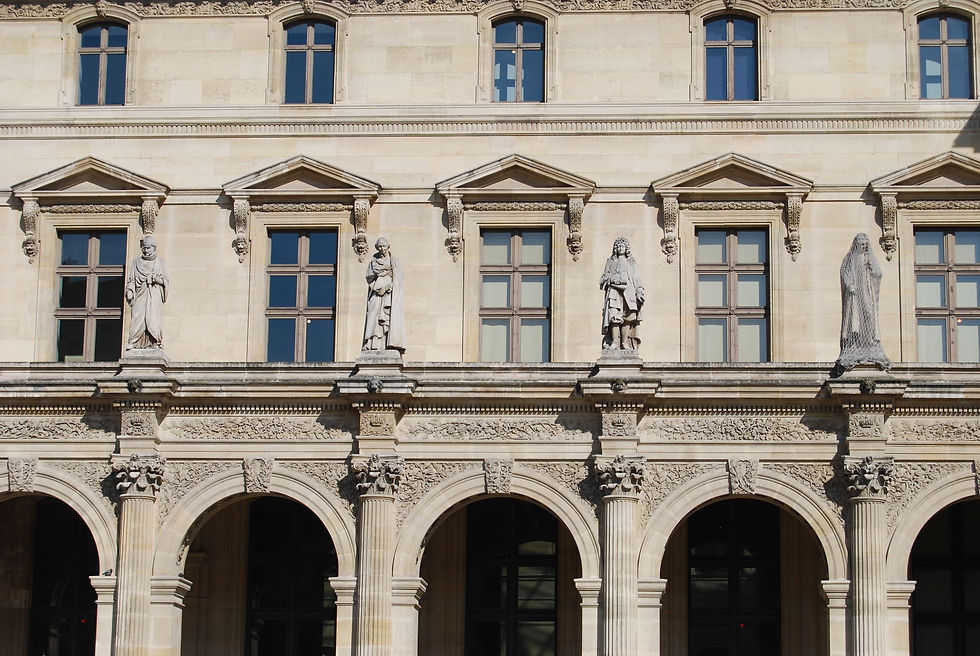





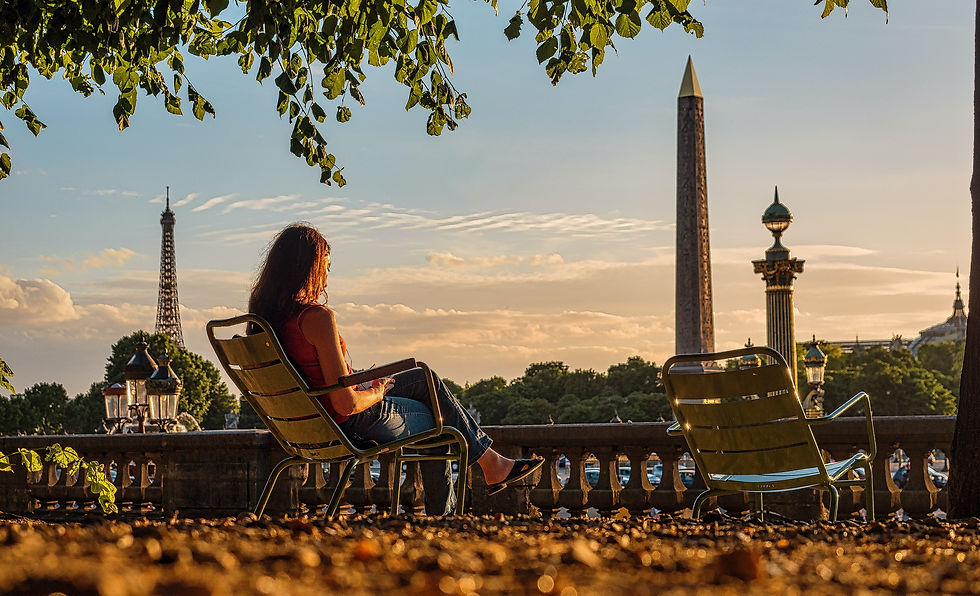















Image Gallery

Around the Tuileries, the Musée d'Orsay and its wonderful exhibitions...
And in the garden, the Museum of Decorative Arts not to be missed
Address of the Tuileries Gardens
de la Concorde, 75001 Paris



















